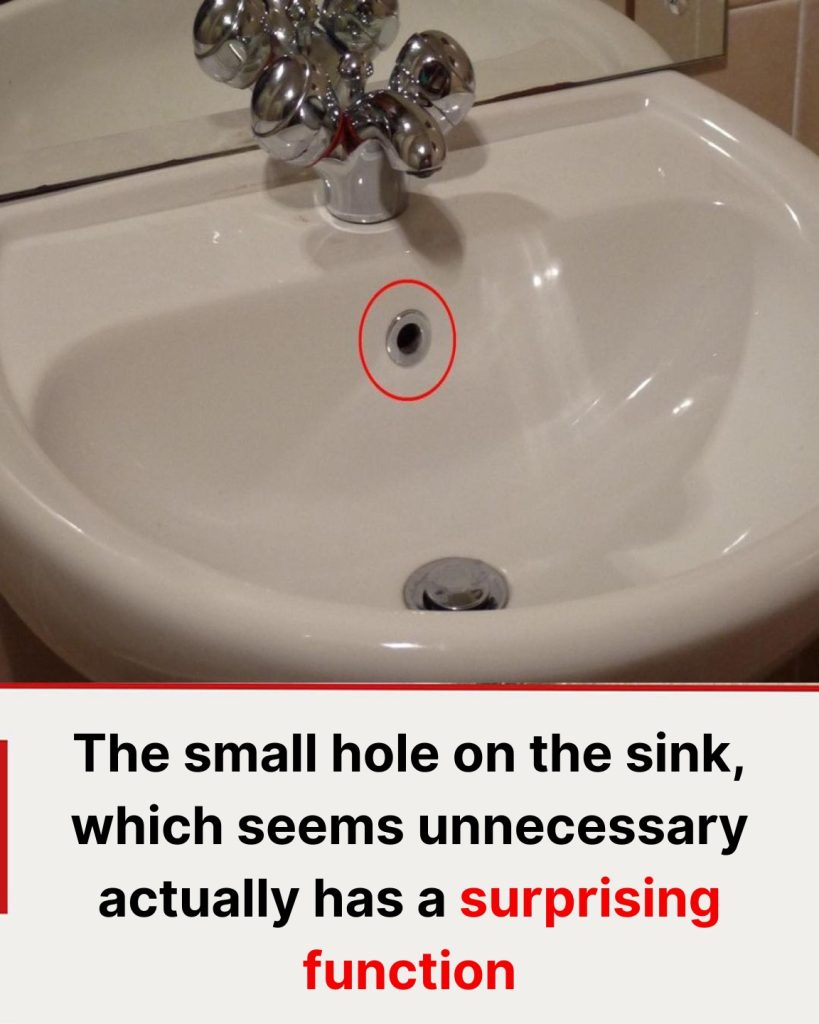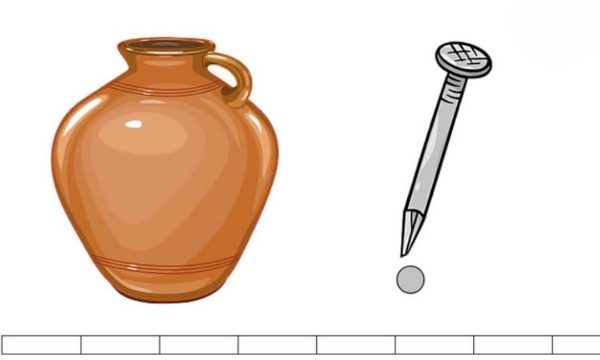Have you ever noticed the small hole near the faucet of your bathroom sink and wondered what it’s for? While it might seem unnecessary at first glance, this modest feature serves a crucial purpose and highlights the ingenuity of sink design. Here’s what you need to know about its function and how to keep it clean.

What Is the Purpose of the Small Hole in a Bathroom Sink?
The small hole, often located about one-third of the way up the basin, is called an overflow hole. It’s a clever design element connected to the drainage pipe beneath the sink. Its primary purpose is to prevent water from overflowing and flooding your bathroom.
Here’s how it works:
If you accidentally leave the faucet running—say, while you step away to answer a phone call—the sink will begin to fill. Once the water level reaches the overflow hole, excess water drains through it into the pipe, stopping it from spilling over onto the bathroom floor. It’s a simple yet effective way to prevent potentially costly water damage caused by forgetfulness or distractions.
The Hidden Drawback of the Overflow Hole
While the overflow hole is undoubtedly useful, it’s not without its downsides. Because of its location and design, it’s easy for dirt, bacteria, and mold to accumulate in and around the hole over time. This buildup can lead to unpleasant odors wafting from the sink, making your bathroom less fresh and inviting.
How to Clean the Overflow Hole and Keep It Fresh
If you notice a bad smell coming from your bathroom sink, the overflow hole might be the culprit. Luckily, there’s a simple and effective method to clean it and eliminate odors:
- Mix Vinegar and Baking Soda:
Combine equal parts vinegar and baking soda in a small container. This mixture creates a powerful cleaning agent that dissolves dirt, bacteria, and mold. - Apply the Mixture:
Pour the mixture directly into the overflow hole. The chemical reaction will help break down grime and remove stubborn buildup inside the pipes. - Wait 5 to 10 Minutes:
Allow the mixture to work its magic. You’ll notice bubbling and fizzing as it cleans the interior of the pipe. - Flush with Warm Water:
After waiting, pour warm water down the hole to rinse away any remaining residue and ensure the pipes are clear.
By following these steps, you can eliminate odors and keep your bathroom sink fresh and hygienic.
Tips for Maintaining a Clean Bathroom Sink
To further enhance the cleanliness and functionality of your bathroom sink, consider these additional tips:
- Regular Cleaning: Make it a habit to clean the overflow hole every few weeks to prevent dirt and bacteria from building up.
- Inspect for Clogs: Check the main drain regularly for clogs or slow drainage, as this can contribute to unpleasant odors.
- Use Natural Cleaners: Vinegar and baking soda are safe, effective, and eco-friendly cleaning solutions for your sink and pipes.
The Bottom Line
The small overflow hole in your bathroom sink might seem insignificant, but it’s a vital safety feature that prevents water from overflowing and causing damage. However, neglecting to clean it can lead to unpleasant odors and bacterial growth. By incorporating a simple cleaning routine, you can ensure your sink remains both functional and fresh.
Next time you spot this often-overlooked feature, you’ll know it’s more than just a random hole—it’s a thoughtful addition that makes your sink smarter and safer.





